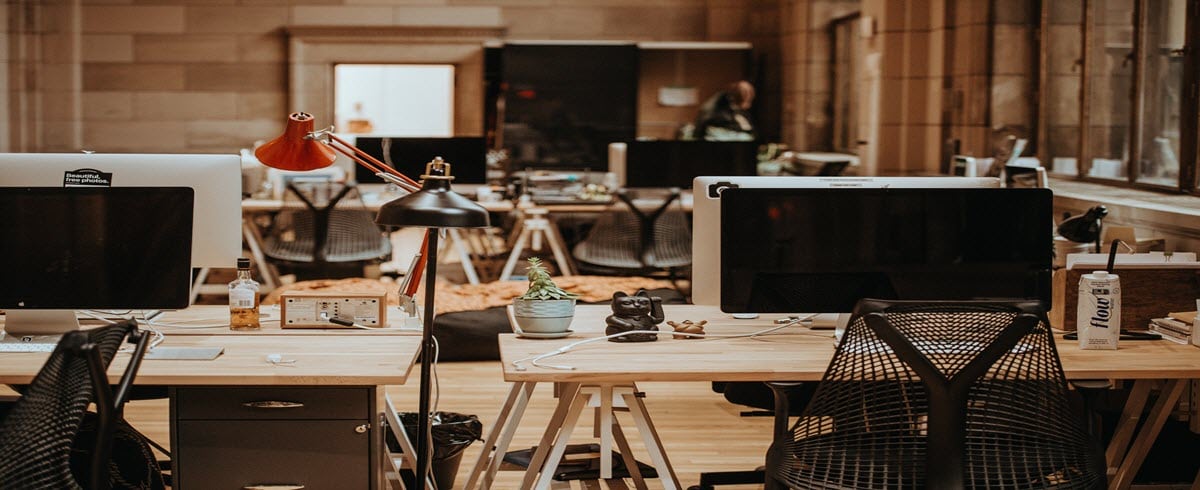
“Distance will die,” or so predicted British economist Frances Cairncross, along with a host of social and media theorists, following the spread of the internet in the 1990s. When every place is connected instantaneously to every other place on the planet, they argued, space itself would become irrelevant. At that point, we would not need offices anymore: Why go to work when work can come to you?
The well-known prediction by U.S. professor Melvin Webber seemed imminent: “For the first time in history, it might be possible to locate on a mountain top and to maintain intimate, real-time, and realistic contact with business or other associates” (Webber M.M., 1973). Instantaneous communication with everyone else on the planet — even from the summit of Mount Everest — would soon render traditional offices obsolete.
History has charted a far different course. Today’s technology does allow global and instantaneous communication, but most of us still commute to offices for work every day. Telecommuting from our homes (let alone Mount Everest!) has not picked up as much as many thought it would. Meanwhile, lots of corporations are investing significantly in new or renovated office spaces located in the heart of urban areas.
What early digital commentators missed is that even if we can work from anywhere, that does not mean we want to. We strive for places that allow us to share knowledge, to generate ideas, and to pool talents and perspectives. Human aggregation, friction, and the interaction of our minds are vital aspects of work, especially in the creative industries. And that is why the quality of the physical workplace is becoming more crucial than ever — bringing along watershed changes.
We have already witnessed the transition from the mid-century warren of cubicles, ridiculed in filmmaker Jacques Tati’s Playtime, into more sociable, open, dynamic, and flexible spaces. More recently, coworking has gained traction, demonstrating the value of sharing a space with a community of like-minded people. Like traditional university parlors, often credited for world-changing discoveries by the Oxbridge crowd, these spaces are open to different disciplines and promote vibrant interaction and ideation.
Innovative companies such as WeWork provide offices “where and when we need them,” giving professionals the opportunity to be part of a curated network and to share intellectual and physical tools. They also bring to the table a solid financial argument (highlighted by WeWork’s multibillion-dollar valuation), as they can maximize profit per square foot by trading one big tenant for many small ones. Drawing an analogy to banking, they rent long and lease short.
As they strive to engineer creativity, coworking space providers are also experimenting with quantifying human interactions. And this is where they may have the biggest influence on how offices are eventually designed. Understanding how the workforce connects within a flexible working environment is crucial for designing and operating next-generation offices. New digital tools are emerging to measure human connections and spatial behavior and how they relate to productivity and creativity. Real-time data analytics paired with digitally integrated furniture and buildings are just the beginning. Eventually, they may even enable the creation of workplaces that respond and evolve on their own over time.
Throughout history, buildings have been rigid and uncompromising, more like a corset than a T-shirt. With better data on occupancy, we could design a built environment that adapts to humans, rather than the inverse. Imagine rooms that automatically go on stand-by and save on energy when left empty — which we are exploring in our research at MIT. More generally, buildings may operate as dynamic systems that work and live in concert with humans.
The transformation of our work environments is only just beginning, but it could have a major impact on architects, developers, corporations, and society at large in the years to come. Far from making offices obsolete, as the digital pioneers of the 1990s confidently predicted, technology will transform and revitalize workspaces. We could soon work in a more sociable and productive way, and not from the top of a mountain. The ominous “death of distance” may be reversed with the “birth of a new proximity.”






